When we think of green space in a city, we think of trees, parks and gardens. Seldom do we think of these areas as self-sustaining ecosystems, yet they can and should be. Approaching landscape in this way brings multiple benefits but requires a subtle shift in thinking and a new way of understanding plant communities. How do we do this when designing gardens and landscapes, and what are the benefits?
First of all, existing plant groupings will be part of some kind of ecosystem but its function may be of limited value. Of course, we are not going to recreate pristine wilderness in a pocket park or back garden, but we can create micro-ecosystems which are of much greater benefit than the average random group of landscape plants. As for larger parks, there’s something wrong about the big trees and mown grass traditions that we have; so many natural plant layers are missing – there’s no system complexity. Nature thrives on complexity, and to generate this we need to build layers in our planting and we need to understand how these layers interact. I suspect that ecosystems, like almost any other kind of system, need to reach a ‘critical mass’ to be self-sustaining. Like trying to fire up a piston engine, it needs the right factors in place and a spark to ignite it. So many landscapes fail to reach this point.
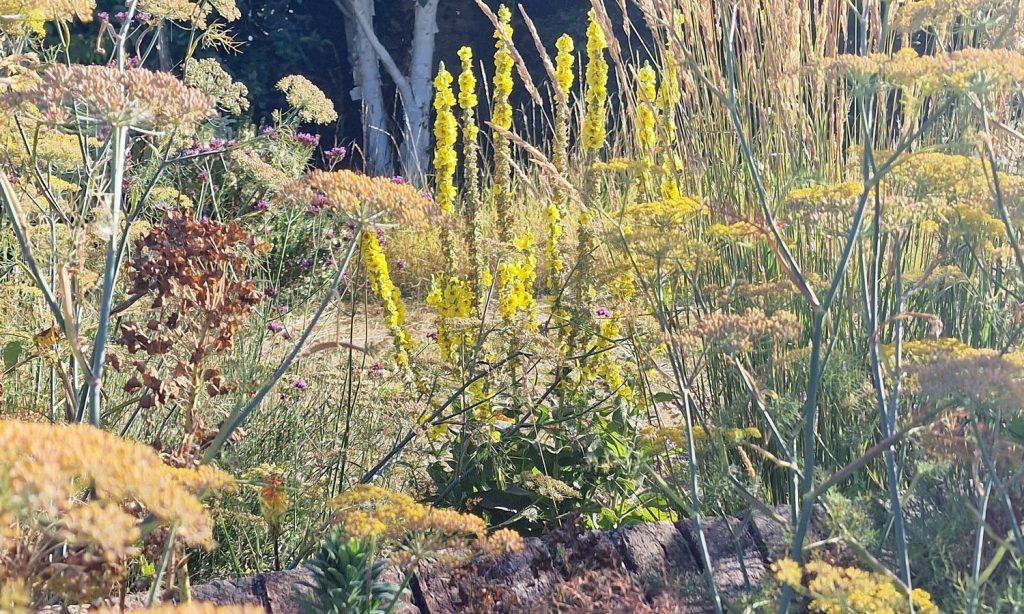
One thing that has arisen in recent times is the concept that an ecological landscape must be native in it’s constituents. We need to get past this, by understanding context, for it is not always the best thing to do. Climate change is of course the driver behind everything. ‘Conservation’ wants to return things to their previous state, but if ecosystems are disturbed and cross thresholds, there may be no way back.
We’ve just experienced, here in the UK, the worst drought and highest temperatures ever recorded, as has all of Europe and much of the world. The US has had extreme drought too, yet also recorded five 1000-year rainfall events in a five week period, causing major floods. And that’s a big part of the problem – drought kills plants, denudes and hardens the soils, so when rain does come, the water can’t infiltrate and everything floods. We can design our spaces to counter this but make no mistake, native plants alone may not cope with what’s coming; they’ll be moving northwards, and what grows to the south of us is coming here. That’s NOT to say we shouldn’t plant natives; they are the vital link between our current ecosystems and the new – novel – ecosystems that will develop and of course, some natives will remain no matter what change occurs.
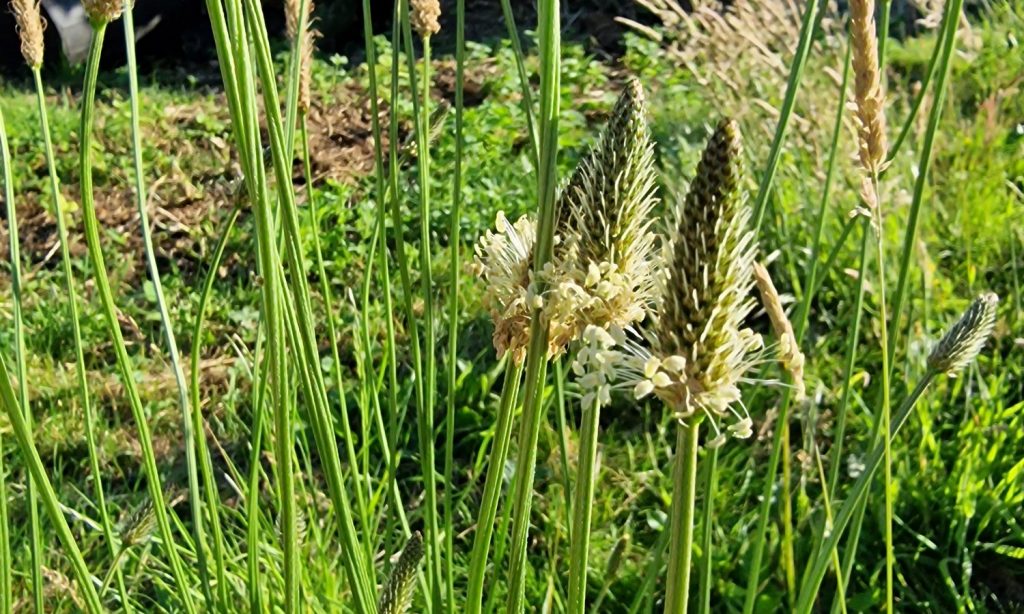
That is of course, a gross over-simplification of the issue. It’s not like the Mediterranean is moving here, we have too much rain and the above-mentioned storm events will ensure that maquis or garrigue-style planting will not survive in many low-lying areas where clay soils dominate. But we must also acknowledge that the Mediterranean biome represents a landscape that is highly denuded, on very poor soils and it would not benefit us to accept that as our new norm, nor to try and replicate it as a blanket solution. In some areas maybe, but we need to build soil ecology to create healthy new systems and communities. Our future ecologies will only be as good as the health of our soils.
Given that climatic extremes as described tend to impoverish soils, how can we prevent that? The main thing, I believe, is to ensure that the planting we do forms a cohesive ecosystem that is self-sustaining and so regenerative. We want the soil to generate fertility, that is humus; this is about how we manage soils, what we put into them and what plants we choose. It’s worth mentioning here that this is the opposite of some modern and exploratory trends in planting design, which aim to reduce soil fertility by using thick layers of aggregates or subsoils as the planting medium. This approach is based on the logic that poor soils are more diverse in what they will grow. Here in the UK we are blessed with, by and large, healthy, fertile soils (where not degraded by intensive agriculture) and we need to retain and enhance that fertility. We also need our soils to be capable of carbon sequestration and for this we need a good balance of drainage and water retention (micro and macropore space), to give a good cation exchange capacity (CEC). Most of all we need to enhance the presence of soil microbes – bacteria, protozoa, nematodes and especially mycorrhizal fungi – which store more carbon than the humic layers themselves. These living interactions form the basis of a healthy soil.
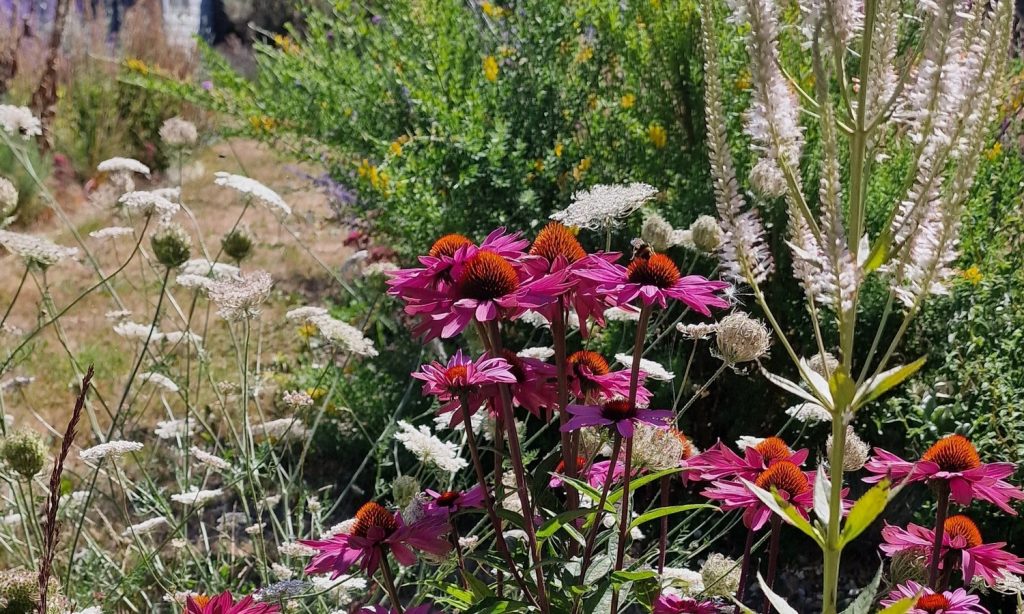
A nice, loamy soil might need no more than simple inputs of decaying matter (mulch) to maintain itself and some of us are lucky to have such soils. Many of us do not, however, and a sandy or clay soil might be imbalanced in its CEC. Organic matter improves this but where soils are prone to drying, this tends to oxidise away swiftly, especially in sandy soils. Adding biochar to the soil can improve this, as well as offering long-term carbon sequestration. This becomes especially relevant if the biochar is produced from the arisings of the site itself, which helps reduce external inputs. Soil pH is important too but must be worked with; altering this is not easy nor in most cases, practical. Having said that, soil that is dominated by mycorrhizal fungi will allow some plants to grow outside of their preferred pH range. A soil with a well balanced micro/macropore presence will create a multitude of space for soil microbes with optimum water retention and groundwater recharge. This will facilitate the generation of a healthy rhizosphere.
A big part of the solution is to manage our gardens and landscapes in a cyclical manner, rather than the usual linear/external input-output system. Treating some of our plants (of appropriate species) as resources for harvesting biomass to make mulch or even biochar is one thing we can do, along with more usual composting. Mulch retains moisture, insulates the ground and feeds soil ecology, enhancing the natural O layer soil horizon.
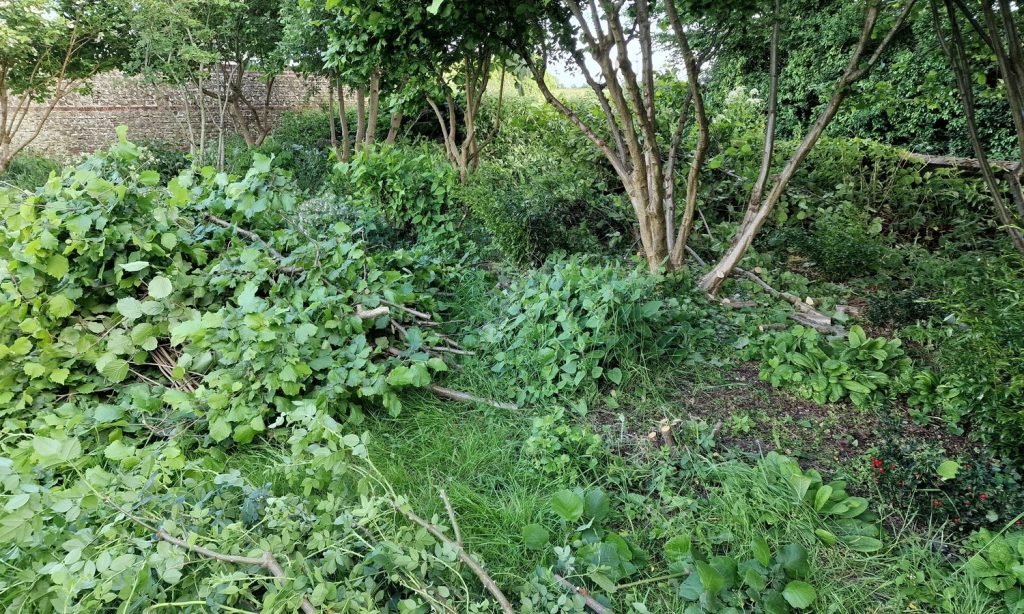
Now we have a soil that is healthy, or at least moving towards health, we need to think about our plants. How do we select them? What should they do? What must they cope with?
Firstly, they need to be compatible with the soil type, the (current and future) climate and micro-climate. That sounds obvious, but we don’t always choose our plants with that in mind. Next, we need to think of other ecosystem services they should or could provide, then what food/resource producing capacity they might have (food/medicines/materials – as above). We think of biological interactions with other players in the ecosystem (fungi/insects/birds/mammals). THEN we frame that into an arrangement for beauty and aesthetics. Yes, we want that still (it’s the traditional function of a garden, after all) BUT we layer that in using plants selected firstly with these other criteria in mind.
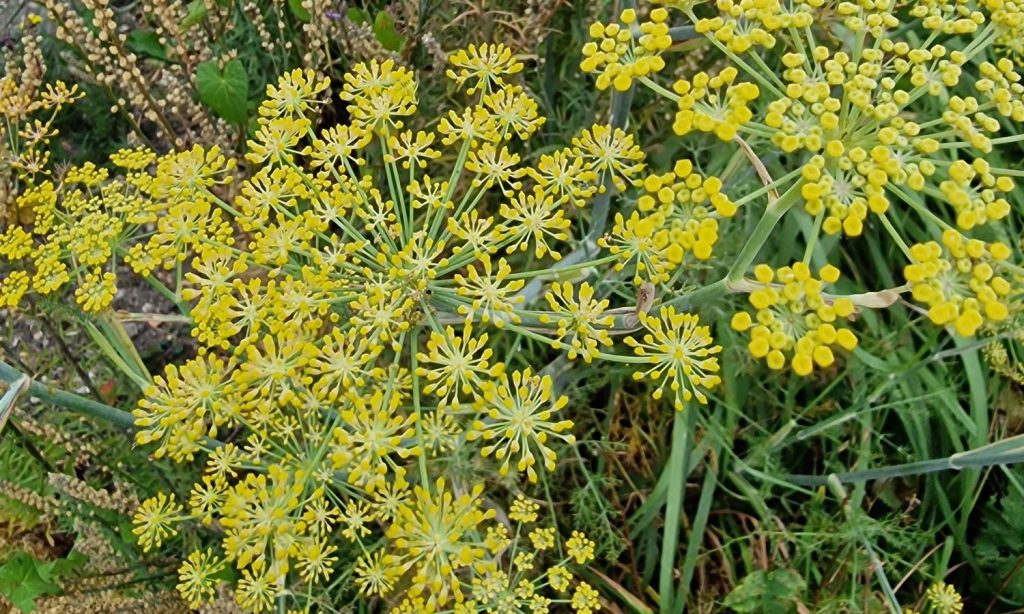
It is useful to assess our soil/microclimate and look at what is changing and to guestimate what we might expect our climate to become. Then we can look to other regions of the world with those current conditions and assess their native plants to see what is suitable here. Many will already be with us, for the UK is blessed with the ability to grow a great diversity of plants. There may also be examples closer to home of plants that have adapted to similar conditions already. Don’t be afraid to experiment, plants can only die, just be wary of those with a reputation for aggressive growth and colonising habits, they are not good for a garden. I talk about ‘exotic invasive’ plants in other blog posts.
It is important though, that these plants are self-reproducing. If our micro-ecosystem is to be regenerative, if it is to accumulate complexity (reach and exceed critical mass), allow the arising of a novel ecosystem, then it must self-reproduce. By seed, predominately, but also from rhizomes or stolons, or other means of natural propagation. That means an increase of the use of species, less hybrids and cultivars – though some of the latter do come true from seed. If you can buy seed in a catalogue and it fits the other criteria, it may well be a contender. It goes almost without saying that these will be better for pollinators too. As an example, I am going to replace my Cistus hybrids with species over the coming few years, in the hope that they will seed; they will also have higher pollen and nectar content than the hybrids.
Finally, please don’t think this approach is only about grasses and perennials; it’s not. Many contemporary plantings focus predominantly on these, which is fine for grassland ecosystem types, but that’s not the whole story. Sub-shrubs, shrubs and trees are all important and form the structure and content of a microclimate/garden. Woodland is often (but not always) the ultimate blanket for our thin layer of precious soil that must sustain all life on Earth.
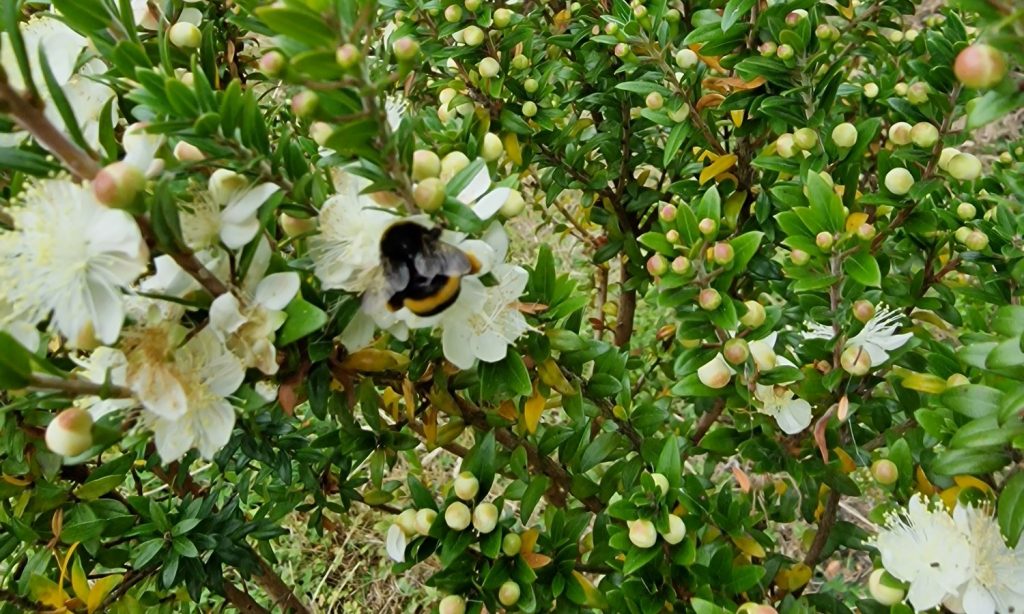
To conclude, we need living, healthy soils, plants that suit the existing and emerging macro and micro-climate, component complexity to exceed the point of critical mass and a self-reproducing capacity.
How we put all that together I’ll explore in future posts, starting with an exploration of hybrid and novel ecosystems.
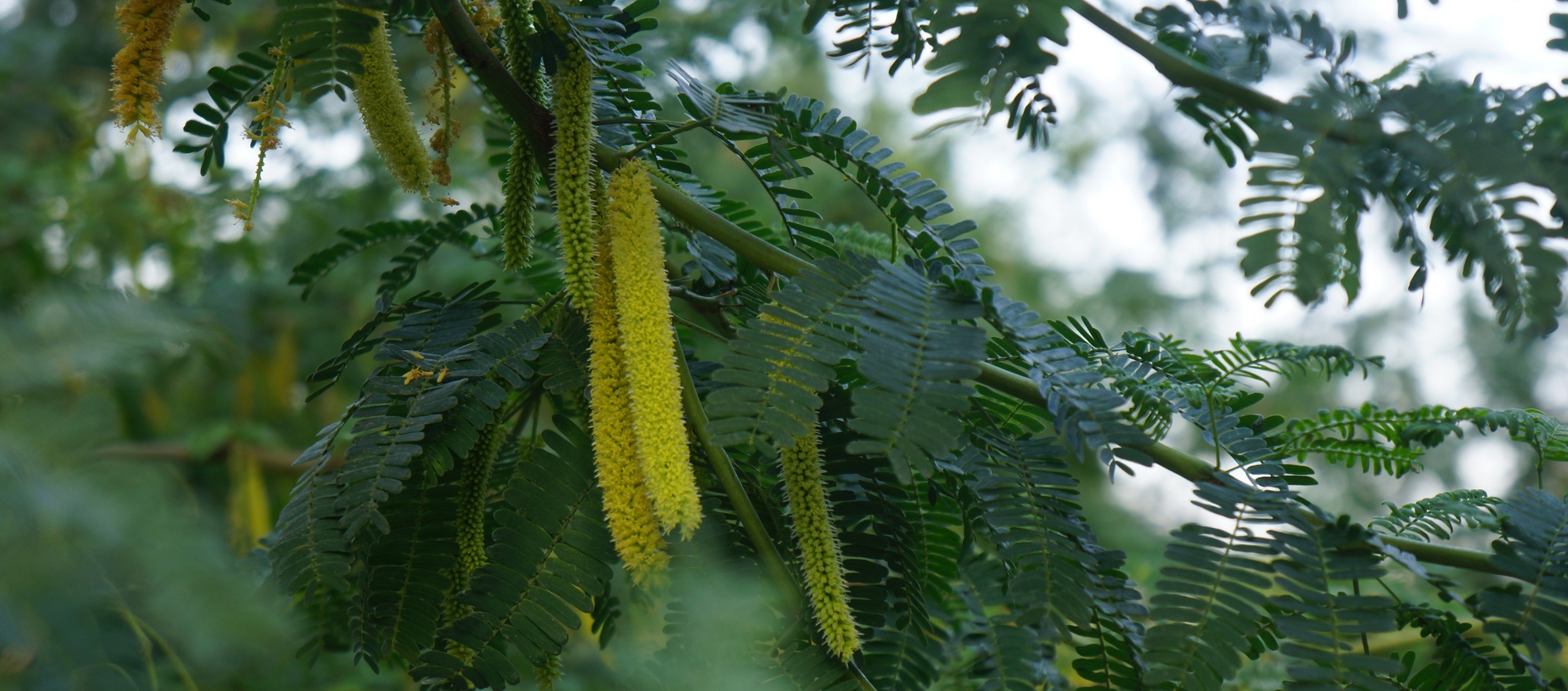
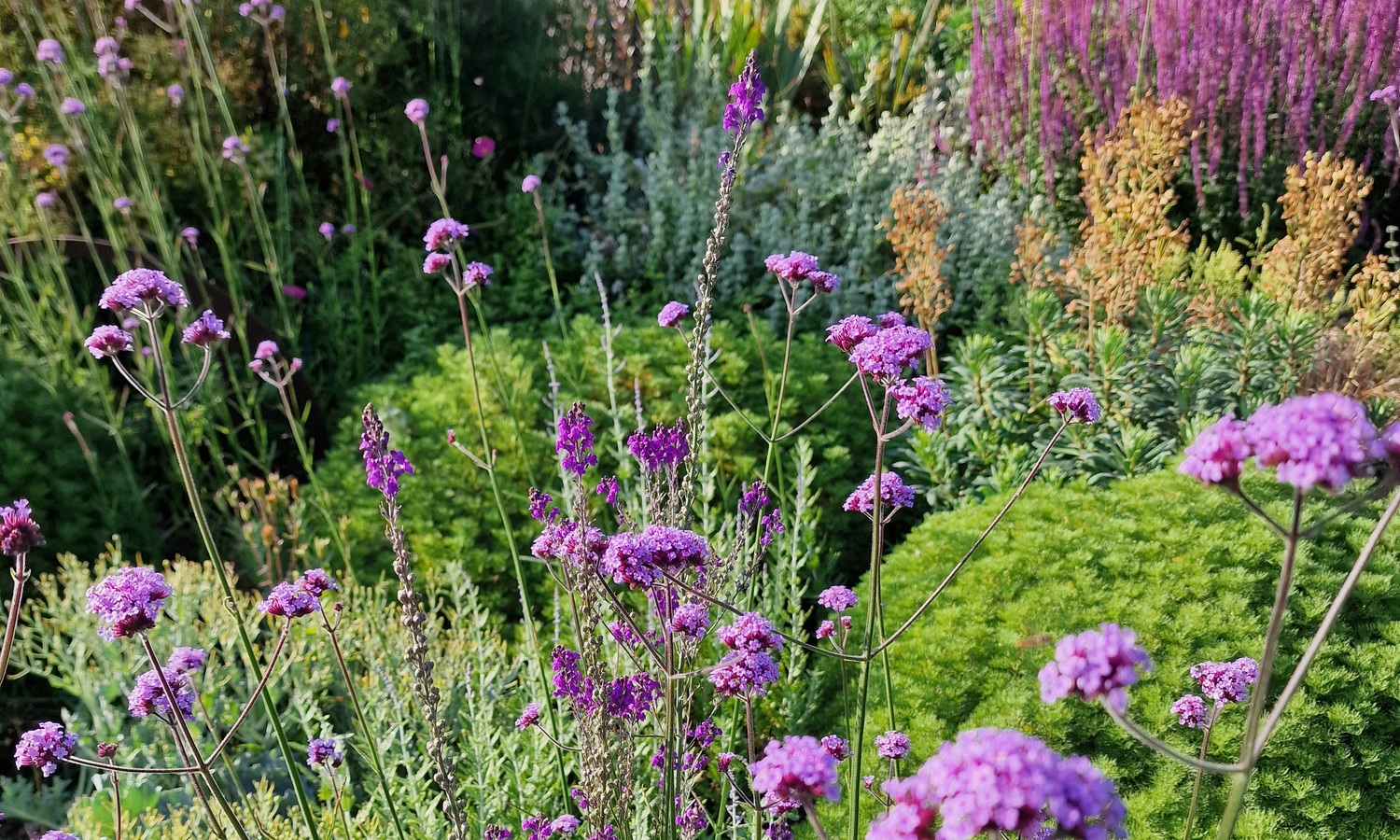
Wonderful article Mark.
This reinforces “Growing soil through plants”, which retains the concept that the two are inseparable, including factoring in sustaining bacterial and fungal inoculation, which may arise spontaneously if balances between biomass and soil structure are maintained.